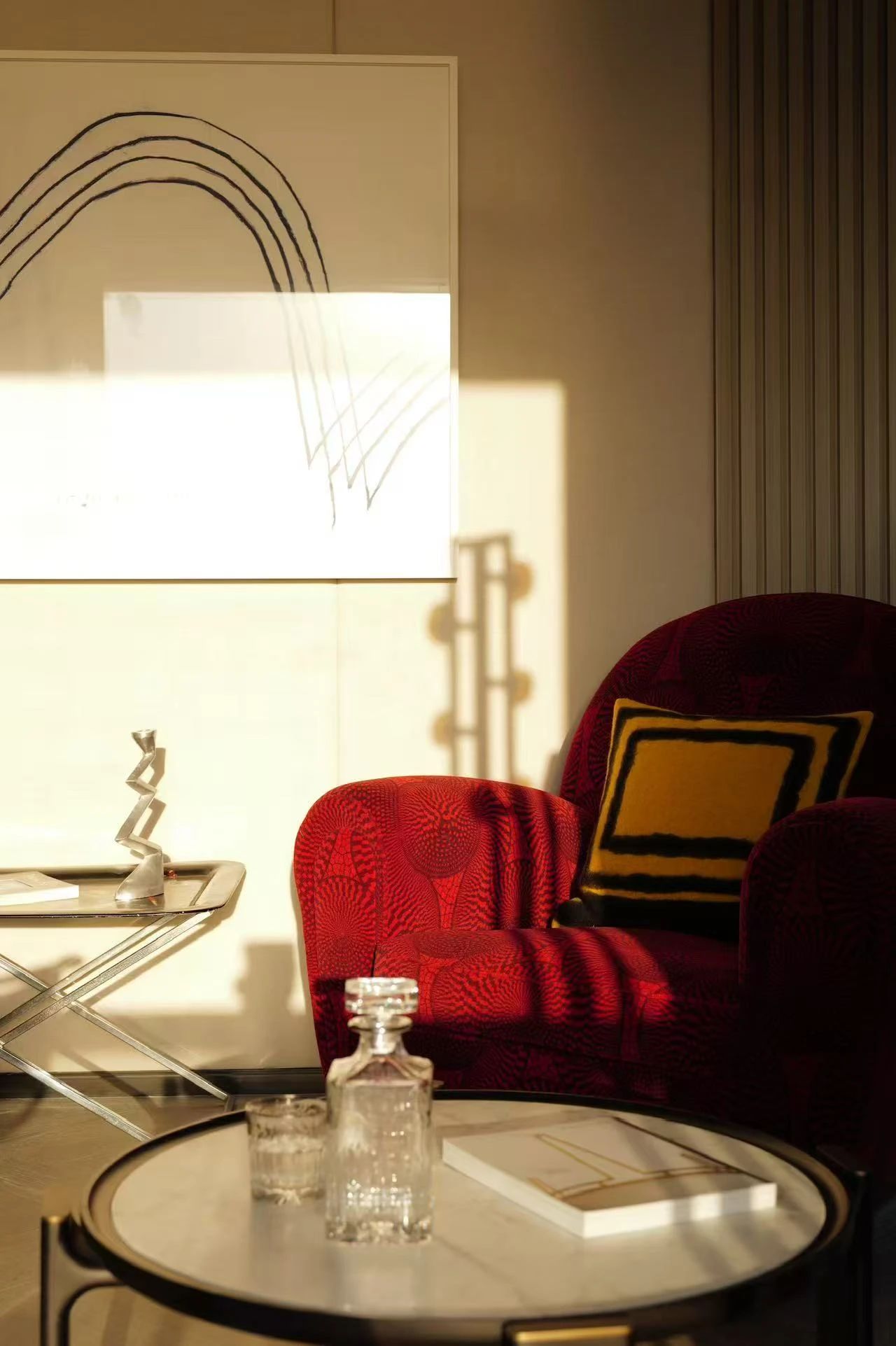Skate Park House LEVEL Architects
2012-09-07 00:00
架构师提供的文本描述。这所房子的主人是一对年轻的已婚夫妇,他们对自己的房子的设计提出了特别的要求,该住宅位于Shibuya区一个安静的住宅区。他们想要一个滑板公园和一个钢琴彩排室来反映他们个人的兴趣。
Text description provided by the architects. The owners of this house, a young married couple, made a special request in regards to the design of their house, located in a quiet residential neighborhood in Shibuya ward. They wanted both a skateboard park and a piano rehearsal room to reflect their own individual interests.
现场不需要停车场,因此为了利用空间,设计了一个私人入口庭院。一楼的滑动玻璃板打开这个封闭的区域,允许车间和工作室向外扩展。工作室有一个滑板碗嵌入地板与多个角度,以大量不同的互动。
There was no need for a car park on the site, so to take advantage of space a private entrance courtyard was designed. The sliding glass panels of the first floor open up onto this enclosed area and allows for the workshop and studio to expand outwards. The studio has a skateboard bowl imbedded into the floor with multiple angles for plenty of different interaction.
钢琴室,位于工作室的后面,是从大约2英尺的地面,以帮助隔音房间,以及创造一个固有的舞台表演空间。当门打开演播室,扩大的空间与碗转化为客人的座位,完全改变气氛从一个单纯的练习室到一个公共音乐厅。
The piano room, located at the back of the studio, is raised about 2 feet from the ground to help with the sound-proofing of the room as well as creating an inherent stage performance space. When the doors open up onto the studio, the expanded space with the bowl transform into guest seating and completely changes the atmosphere from a mere practice room to a public concert hall.
主要的生活和餐饮空间使用了一个类似的概念,半层次的变化,以分开和合并的节目跨越第二层。天花板高度差和材料差异强调并创造了房间的边界。另一种连接整个房子的空间的形式是整个住宅都有光。为了达到这一目的,在楼梯的天花板上安装了一个大的照明装置,使其充满了光,光不仅溢出到各个不同的层次,而且一直延伸到一楼。
The main living and dining space utilizes a similar concept of half-level changes to both separate and combine programs across the second story. Ceiling height difference and material difference emphasizes and creates the boundary for the rooms. Another form of connecting the spaces throughout the entire house was to have light be present throughout the entire residence. To accomplish this a large light fixture was installed into the ceiling of the staircase, flooding it with light which not only spills onto all the different levels, but reaches all the way to the first floor as well.
最高层是一套全私人的大师套房。为了打破较低的水平,扩大了材料的规模。地板的许多重叠层在房间之间制造了一个模糊的裂口。这种从房间到房间的渐进式转变贯穿整个楼层,创造了一种更加开放的感觉。材料上,旧的和新的地板都被利用了。其目的不是将每一种材料都包含在其空间中,而是让它们跨越这些边界,以强调整个地板的凝聚力。阳台,被认为是一个室内花园,不是一个过渡空间,但更多的是一个暂停的空间,与浴室或卧室。从物质上讲,它是与套房其他部分最断开的区域,没有边界的重叠和出血,因此被视为顶层的休息点。
The top level is an all-private Master Suite. In order to create that break from the lower levels, the scale of the materials has been increased. The many overlapping layers of the floorboards create an ambiguous break between the rooms. This gradual transition from room to room throughout the entire floor creates a more open feel to the suite level. Materialistically, both old and new floorboards are utilized. The purpose is not to have each material contained to its space, but to have them spread out past those boundaries to emphasize the cohesiveness of the entire floor. The balcony, imagined as an interior garden, is not seen as a transition space, but more a space for pause, in conjunction with the bathroom or the bedroom. It is the area most disconnected from the rest of the suite materialistically, without the overlapping and bleeding of boundaries, and so is treated as the resting spot of the top floor.
 举报
举报
别默默的看了,快登录帮我评论一下吧!:)
注册
登录
更多评论
相关文章
-

描边风设计中,最容易犯的8种问题分析
2018年走过了四分之一,LOGO设计趋势也清晰了LOGO设计
-

描边风设计中,最容易犯的8种问题分析
2018年走过了四分之一,LOGO设计趋势也清晰了LOGO设计
-

描边风设计中,最容易犯的8种问题分析
2018年走过了四分之一,LOGO设计趋势也清晰了LOGO设计














































































